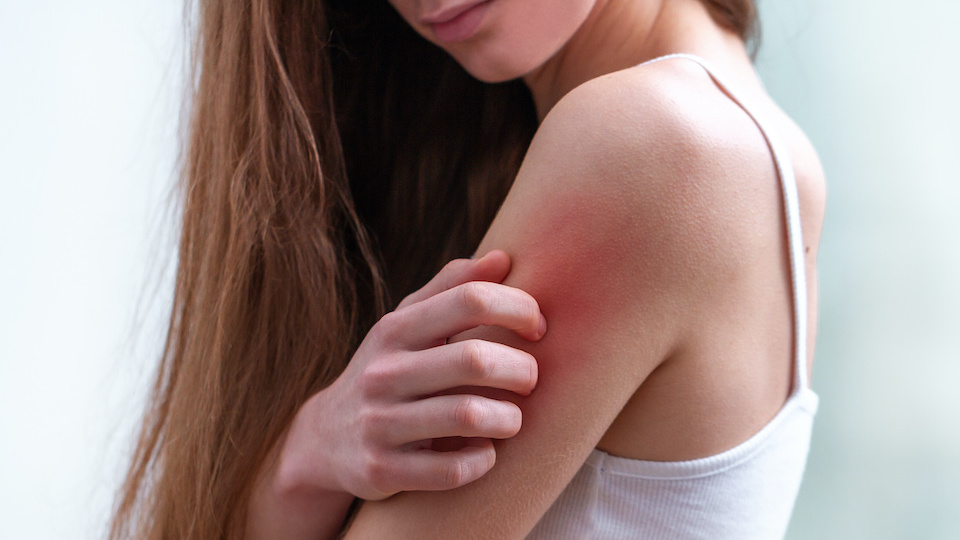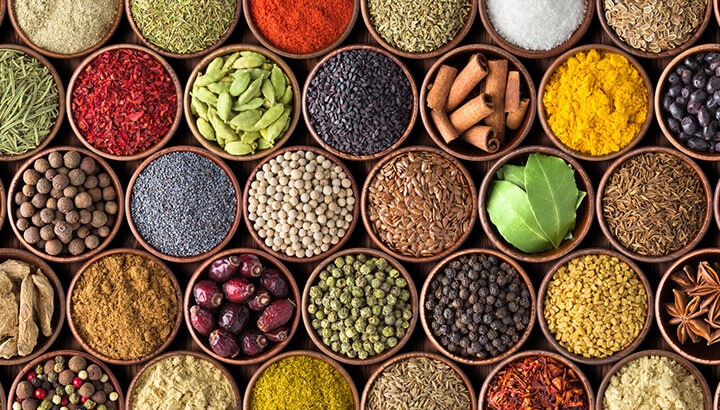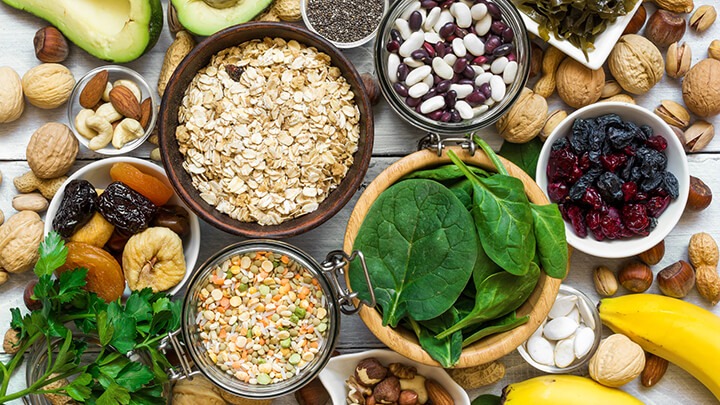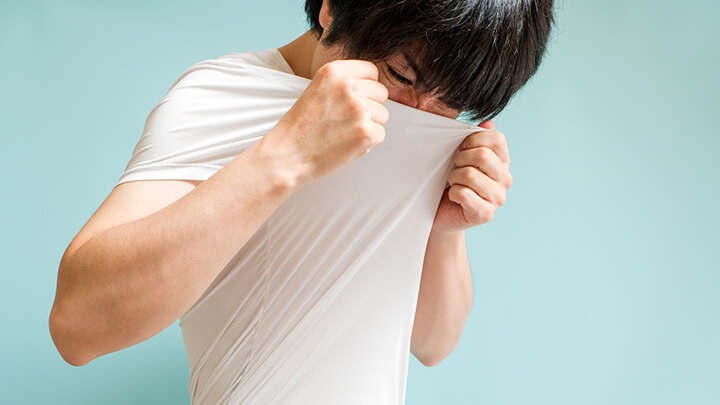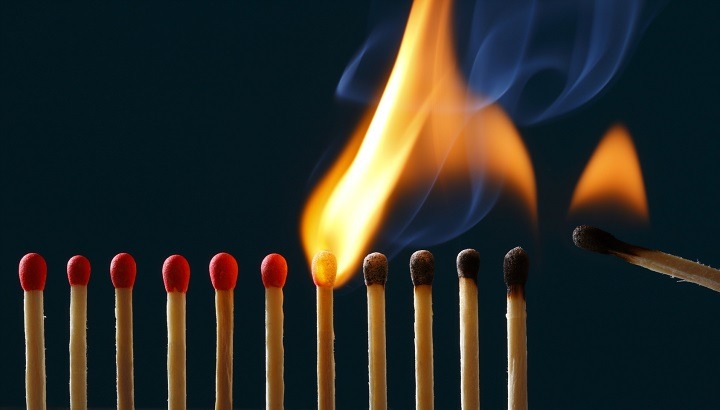“Summertime and the livin is easy…” Until, of course, you get a heat rash — ugh! Heat rash, also known as prickly heat, is a harmless but very itchy rash. It forms red bumps in places where sweat normally collects like the neck, back, chest, under the breasts, groin, and thighs. Summer heat rash can really show up anywhere — where folds of skin meet or clothes rub. The good news is, most summer skin rashes are not harmful and can be safely and effectively treated at home. Here are the best ways to remedy a summer heat rash naturally.
Wear the right clothing
Hot weather, accommodated by humidity, is the most common trigger for summer heat rash. As a natural response, your body makes sweat to cool down your skin. While any kind of fabric can bring on a rash, you’re more likely to get a summer heat rash from clothes made with synthetics such as rayon, spandex, nylon, and polyester. Simply because they don’t breathe as well as natural fibers and make you sweat more. Instead, wear light, loose-fitting and soft clothes that don’t trap heat and moisture. Natural fabrics such as cotton are best. Remember, change out of sweat-drenched clothing immediately after experiencing intense heat.
The exception to the cotton rule may be when you are exercising outside or working out in the gym. When you’re breaking a good sweat, you might want to ditch the cotton for a moisture-wicking fabric, which absorbs moisture away from the skin.
Take frequent cool baths or showers
It’s possible to get prickly heat any time of year, but it’s most common in the warmer months. Cool baths and showers are a great way to keep rashes at bay. However, you can also add one or two cups of Epsom salt to your lukewarm bathwater. Epsom salt may relieve discomfort. After bathing, make sure to always pat yourself dry with a towel to keep bacteria from building up. Follow up with a little unscented talcum powder — rather than scented talc, which could be an irritant — on sweat-prone areas like under your arms, backs of your knees, and inner thighs.
Manuka honey to soothe summer heat rash
Manuka honey is a specific type of honey with medicinal properties that can soothe and heal your summer heat rash when applied topically. It’s long been thought to be a super-honey and for a good reason. Manuka honey is probably most well-known for its ability to heal wounds and decrease pain. In fact, in 2015, the US Food and Drug Administration (FDA) approved manuka honey as an option for treating wounds. Manuka honey has antimicrobial, antioxidant, and anti-inflammatory properties, which studies show can enhance wound healing ability and tissue regeneration.
Colloidal oatmeal reduces inflammation and itching
Colloidal oatmeal works wonders as an emollient, reducing the itching and inflammation associated with summer heat rash. Colloidal oatmeal is made by grinding oat grain into a fine powder. It has been used for centuries as a topical treatment to heal many skin conditions, including skin rashes, burns, itch, eczema, and erythema, according to a study published in the National Library of Medicine.
- Simply mix one-part colloidal oatmeal and one part water. Stir into a paste and apply it to your summer heat rash.
- Alternatively, you can add one to two cups of colloidal oatmeal into a lukewarm bath. Soak for 20 minutes.
Cool compresses
Summer heat rash symptoms include small clusters of tiny bumps on red, inflamed skin. A burning or itchy sensation normally accompanies the rash. For quick relief, apply cold compresses. Soak a face cloth in cool water and press gently onto the affected area. Once the skin is cool, heat rash tends to clear quickly.
Aloe vera cools summer heat rash
If you have an aloe vera plant, you’re likely well aware of how effective the gel can be on burns. Aloe vera has anti-inflammatory and antiseptic properties that can cool down summer heat rash while also preventing infections. It’s also ideal for soothing the inflamed itch associated with this rash. Simply break a little piece off and apply the gel to inflamed skin.
Stop scratching!
Don’t try to scratch your summer heat rash away. It will likely worsen and become infected since bacteria live on the skin. Excessive itching only serves to create an open wound that will eventually get infected if you continue to touch it. Signs of infection include:
- Pain and swelling
- Redness or warmth surrounding the affected area
- Fluid draining from the abrasions
- Rash accompanied by fever or chills
- Inflamed lymph nodes in the neck, under the armpits or groin area
If your summer heat rash doesn’t improve and seems to be getting worse, speak with your doctor.
-The UpWellness Team


